|
La Mort d'Agrippine is a mix of a revenge story and political intrigue. It seems to me to be a bridge between the political dramas of Corneille and the emotional tragedies of Racine. Agrippine is a fascinating female protagonist in that she is first and foremost a political figure who unashamedly asserts her political power. Although she is searching for vengeance for her husband and reassertion of her son's right to power, she refuses to submit to the emperor. She addresses him in the "tu" form as well as refuses his authority. In comparison to other female protagonists of the period, she is quite unique.
0 Comments
The pastoral as a genre dates back to the beginnings of French theatre with Le Jeu d'Adam, and continued to be popular with the upper classes. This play itself is about upper class people dressing up as and playing shepherds and nymphes, which reflects a sort of fantasy of the upper classes for the simplicity of peasant life. This fantasy would be played out a century later by Marie Antoinette when she constructed an entire fake peasant town at Versailles, complete with perfumed sheep. What I found myself thinking about while reading this play was the genre of the pastoral. Comedy and tragedy are easier to define, even with their subcategories of tragicomedy or heroic tragedy or historical drama, etc. The progression of the tragic drama through the ages is fairly easy to track, while comedy is often simply a caricaturized reflection of society. I would argue that the pastoral is an early version of what we today would recognize as the fantasy genre. For a modern audience, the fantasy genre comes in many forms, but high fantasy typically portrays pre-modern agricultural societies, interactions with divine or semi-divine beings, and a sense of moral clarity where good and evil are easily defined. While the line between the pastoral and Tolkein's writing is not as clear as the similarities between Oedipus Rex and Death of a Salesman for example, I think that the pastoral is engaging with this desire for escape into a world which is not our own, a world of magic and gods and pretend for lack of a better term. The characters of this play are quite literally acting out that fantasy by dressing up as different deities and personnages all for a little diversion.
This play includes a prologue in which the sun and the dramatic muse discuss the glory of Louis the 14th's reign, who at the time of the performance, would have been around 13 years old, and 8 years into his reign. Two things strike me as interesting about the play, the first being the almost flagrant pandering to the 13 year old king. The play includes sumptuous details of decoration, with each act requiring different scenery. Multiple characters, gods for the most part, fly in from above. The play ends with almost a complete pantheon of Roman gods flying in on suspended thrones to give their blessing to the marriage. In Act III, Perseus flies in on his Pegasus to defeat the sea monster in battle onstage. This is all a sharp contrast from the other types of drama that Corneille would write, that focused on politics, clemency, the role of the monarchy, etc. All topics that wouldn't be as interesting to a thirteen year old boy as a flying sea monster battle. The moral of the story also seems to be that because Perseus is descended from gods, he therefore deserves whatever he wants, which in keeping with the ideas of divine right to rule, would be a desirable moral for the boy king.
The second striking aspect of the play is the amount of liberty that Corneille took in altering the original plot. To our contemporary eyes, changing a classic story for dramatic purposes is quite common, but this choice will contrast with Racine's writing in which he insists on how little of the original plot he changes. The prevailing idea of the neoclassicists (which Corneille often differed opinions with) was that one should take the forms and the concepts of antiquity and render them palatable for a contemporary Catholic audience. Racine would insist that his plays were little more than translations, despite the many changes that he made to the plotlines to accommodate the Catholic faith. All this is to say that this play is unique amongst its contemporaries, and reads more like a contemporary Avengers film than a neoclassical drama. La Jalousie de Barbouille is one of Moliere's early pieces that conforms closely to the Commedia dell'Arte improvisational farces of Italy. The characters are easily identifiable Commedia stock characters: the Doctor is Dottore, Barbouille is Pantalone, Angelique and Valere are the innamorati, etc. The reliance on stock characters makes sense when one thinks about the structure of a French theatre troupe of the period, where typecasting was an essential part of the performance. What Moliere does here is a mixture of Italian influence in the structure of the play - the characters, the lazzi, etc. - while drawing on the history of French farces for the situational comedy. The plot concerns a young wife, Angelique, and her attempts to fool her husband Barbouille while she runs off with her lover or to balls. The themes of infidelity, cuckholding, and marital disputes were extremely popular in the French farces of a century earlier, Moliere has simply taken those farces and developed their plot and length into a longer form play. While this play is nowhere near the length of its contemporary tragedies, it is much longer and more developed than its farce predecessors. This play can be read as an experiment for Moliere, trying out both Italian and French styles while he seeks to develop his own comedic voice.
Like many of Corneille's other plays, this play deals with the role of the king and his relationship to his subjects. This is one of the first plays in which there are multiple female characters with a modicum of power. Leonor, Isabelle, and Elvire. I don't want to be too critical of a 17th century play's portrayal of women, but I constantly found myself confused as to which woman was speaking and how to differentiate them. Obviously in performance the visual markers could differentiate them, but it was also difficult to discern their motives. If they were merely side characters, this wouldn't be an issue, but the play gives the impression that the women are at the center of the story in terms of their political importance. With this in mind, the lack of identification of the political significance of each woman seems to detract from the political intrigue that the play is trying to engage with.
Many of the themes that are present in other plays throughout the 17th century can be found in this text : passion and its consequences, clemency, vengeance, and the role of the king. However, rather than looking at its content, I'd like to take this time to examine the development of plot structure at this moment in theatre history. This play is a long ways from the renaissance tragedies who completely eschewed plot in favor of a emotional poetry, but it has not reached the clean-cut form that will be perfected in Racine's plays. The neoclassical rules were developed as a response to these plays of the first half of the century, with their meandering plots, undeveloped characters, and sometimes bizarre resolutions. Venceslas is a transitional text, where the plot have been streamlined but still lacks the rigid structure that characterize later dramas. The first three acts are purely exposition, and what most would assume to be the climax based on its position, the death of Alexandre, the younger brother, truly should be the inciting incident which sets the play in motion. The climax of the clemency of the king is undercut by its lack of time to develop. The most moving parts of this play are the king's lamentations over his duties as a king and his duties as a father. I was truly moved by the king's plight, which made its lack of development all the more disappointing. This play has a good story, but its plot structure renders it ineffective, demonstrating the need for the neoclassical rules to provide that structure.
As seen in many other plays, particularly those of Pierre Corneille, the shifting position of the relationship of the aristocracy to the monarchy was a topic of much discussion in the 17th century. Whereas during the Middle Ages, the relationship of the vassal to the king was clear - the vassal fought on behalf of the king - in the 17th century the vassal shifted towards more of a political and diplomatic asset. Don Bertrand de Cabrère by Jean Rotrou explores the tail end of the more militaristic relationship and the shift towards the political station. What strikes me about this play in particular is the treatment of the king as mortal and fallible. In the later plays of the 17th century, it would be unheard of to treat the king in such a comic and irreverent way. Perhaps it is only my reading, but the first few acts of this play read like a comedy of errors where the vassals are trying to communicate something serious with their king, but he is too distracted by his personal entanglements to pay attention. At one point he falls asleep during someone's story. Throughout the play the king repeats the fact that he is a mortal man. All this together seems to me to undermine the "divine nature" of the monarchy, even if this is a foreign monarchy. It seems to me that all monarchies are a metaphor for the current monarch, and by extension the institution of monarchy itself. It may simply be my reading, but I imagine that this play would have been quite politically scandalous upon its performance.
In it's time, Théodore was considered a masterpiece because of how closely it respects the neoclassical unities. It feels divergent from Corneille's typical plays that interest themselves more with politics, such as La Mort de Pompée, Cinna, or Le Cid. For some reason it reminds me of L'Illustre comédien, if only for the similarities in the comparison between christians and the Romans, and the steadfast quality of their faith. Marcelle begins to take the form of the proper female villain, a prototype for Hermione in Andromaque, motivated solely by vengeance. Otherwise, I did not find this play particularly interesting or engaging.
This play uses the trop of the play within a play, a framing device popular enough on the English stage, but up to this point I haven't much encountered it's use on the French stage. This play follows the conversion of Saint Genest, an actor who was converted to Christianity when an angel appeared to him while performing in a play mocking christians. The question here is clear : what is the difference between who we are and what we perform? Is the simple act of perform something enough to make it manifest?
This is also one of the only plays that I have seen from this period that does not take for its subject classical Roman, Greek, or Judaic antiquity. In comparison, this play set around 300 CE seems downright contemporary, seeing as it is operating within the Christian context. Choosing the story of a saint rather than a pagan subject from Greece or Rome, this play hearkens back to the traditions of liturgical drama funded by the church for the edification of the masses of Christian theology, rather than the neoclassical exploration of pagan philosophies disguised as proto-christian ideals. Pierre du Ryer strikes me personally as the strangest author of this period. He took particular pains to point out in the address to the reader at the beginning of the play what the unity of action was in order to avoid accusations that he had violated this rule. Needless to say he violated the rule. This is another play that despite feigning to follow Aristotelian rules fails spectacularly. According to Aristotle, tragedies should concentrate on the fall from grace of a high class person due to their hamartia. But who falls here? Even du Ryer notes this in his explanation of the title of Esther. Instead of an Aristotelian tragedy, this would be easier classified as a melodrama, where an unscrupulous villain has an evil plot that is found out by the virtuous heroine. If Haman is to be the subject of the tragedy in an Aristotelian sense, then he must have some redeeming qualities that cause us as audience members to feel pity at his plight, but as with so many poor tragedies of this period, thinking of La Mort de Pompée, instead the death is not only justified but demanded by the audience. There is no terror and pity for such a fall.
|
Jennifer KellettM.A. French Literature Florida State University Archives
June 2021
Categories |
Photos used under Creative Commons from mharrsch, Renaud Camus
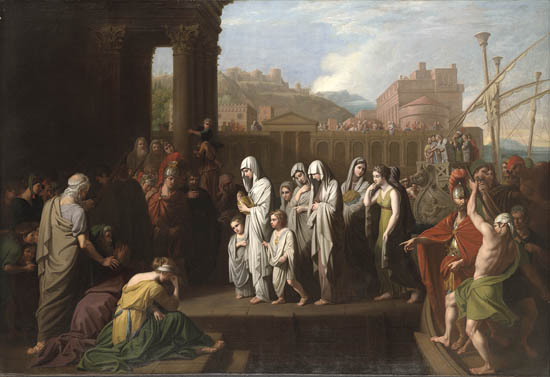
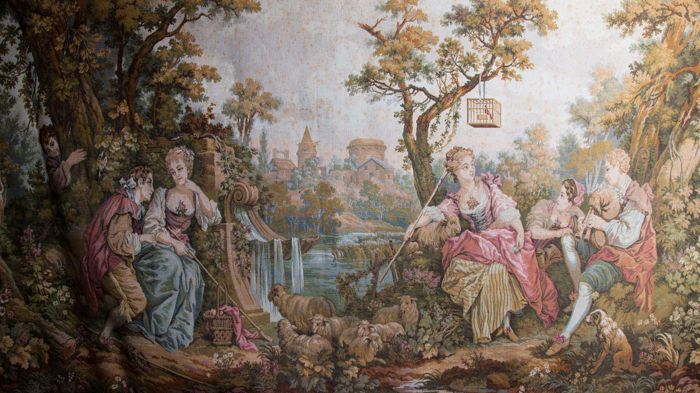
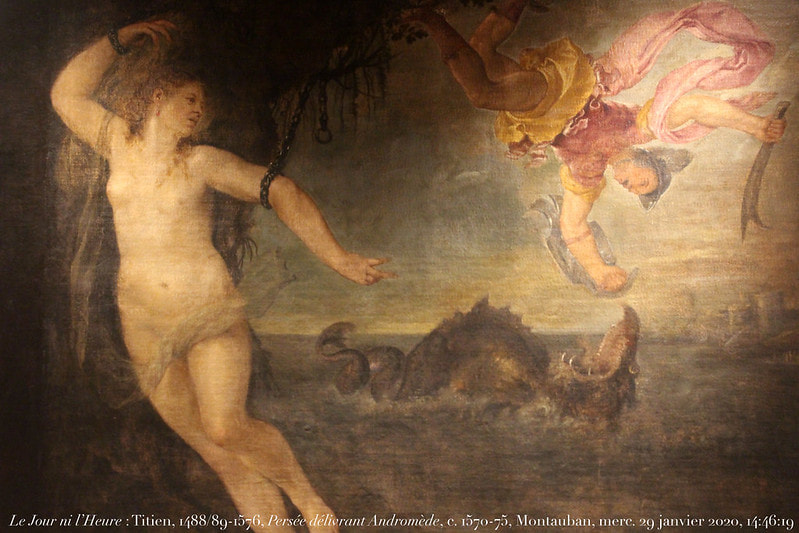
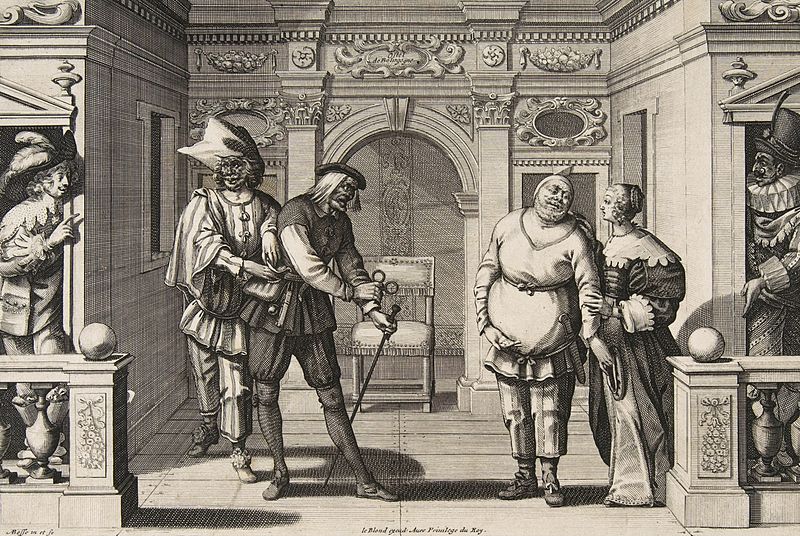
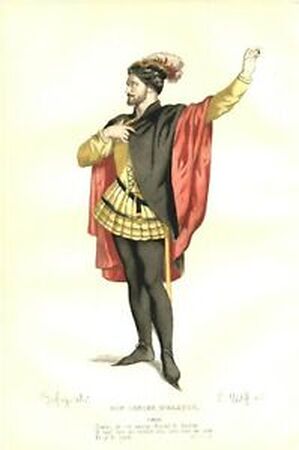
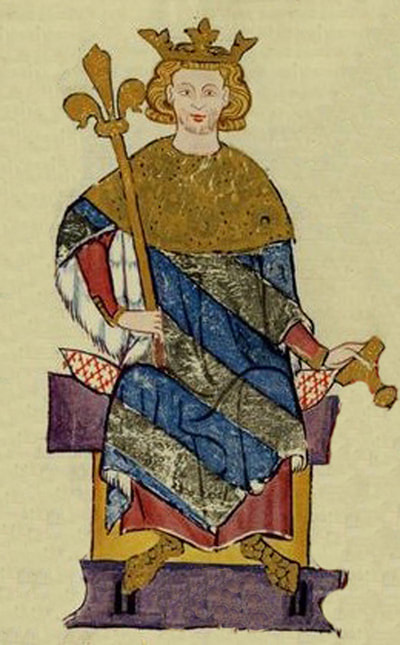
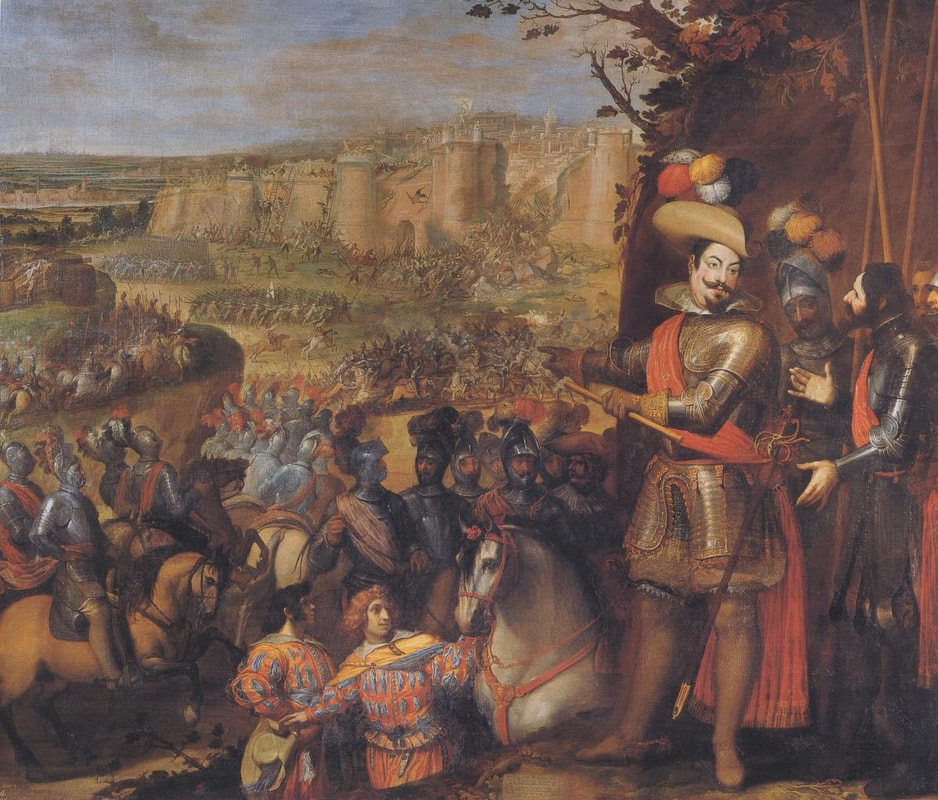
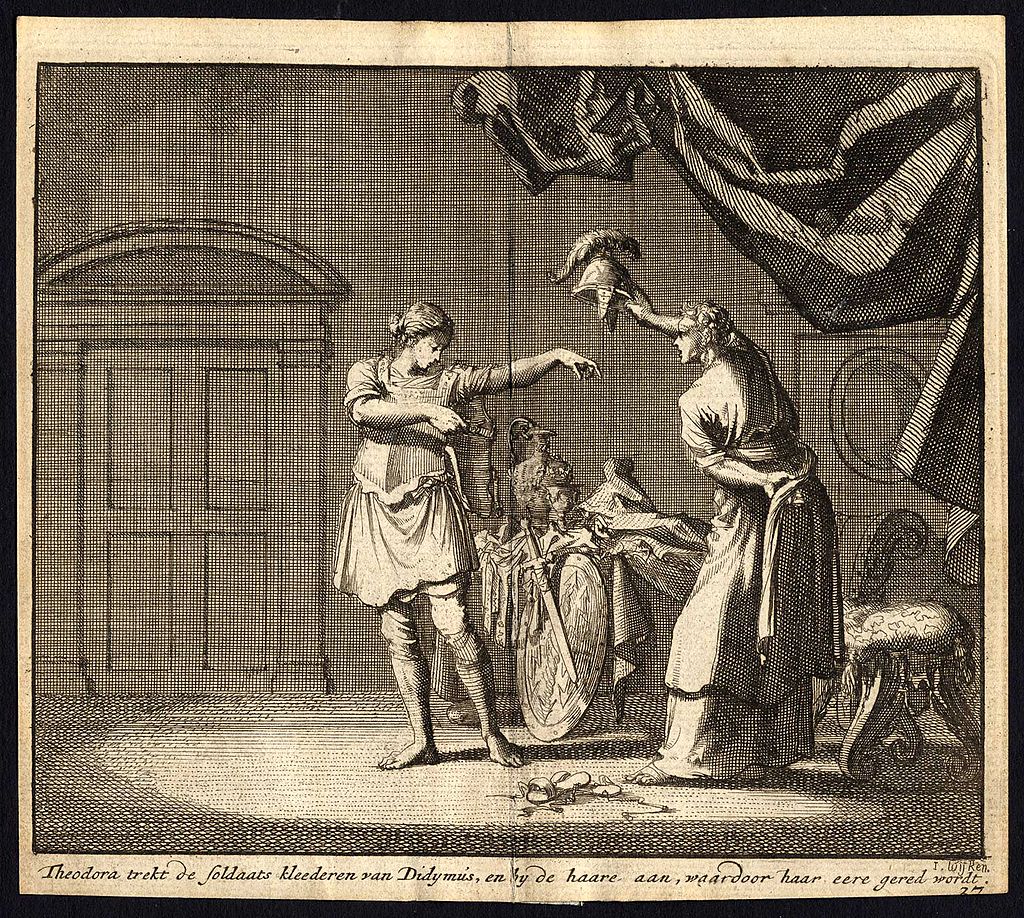
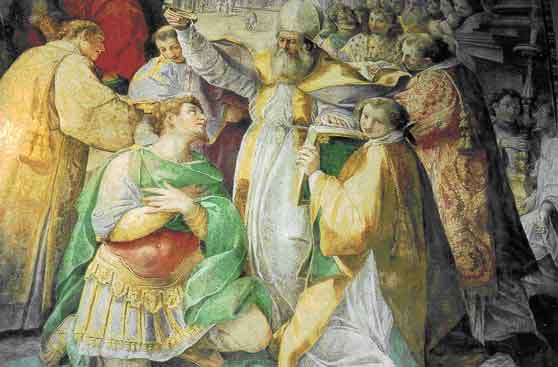
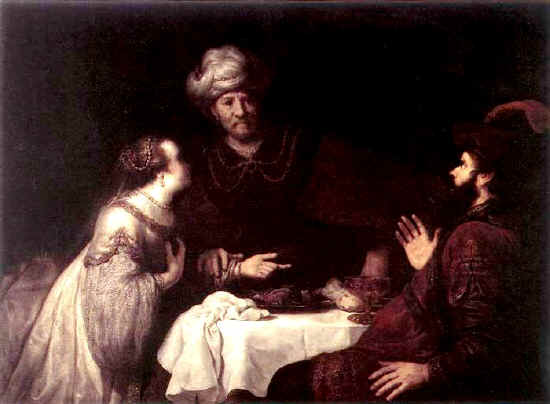
 RSS Feed
RSS Feed
